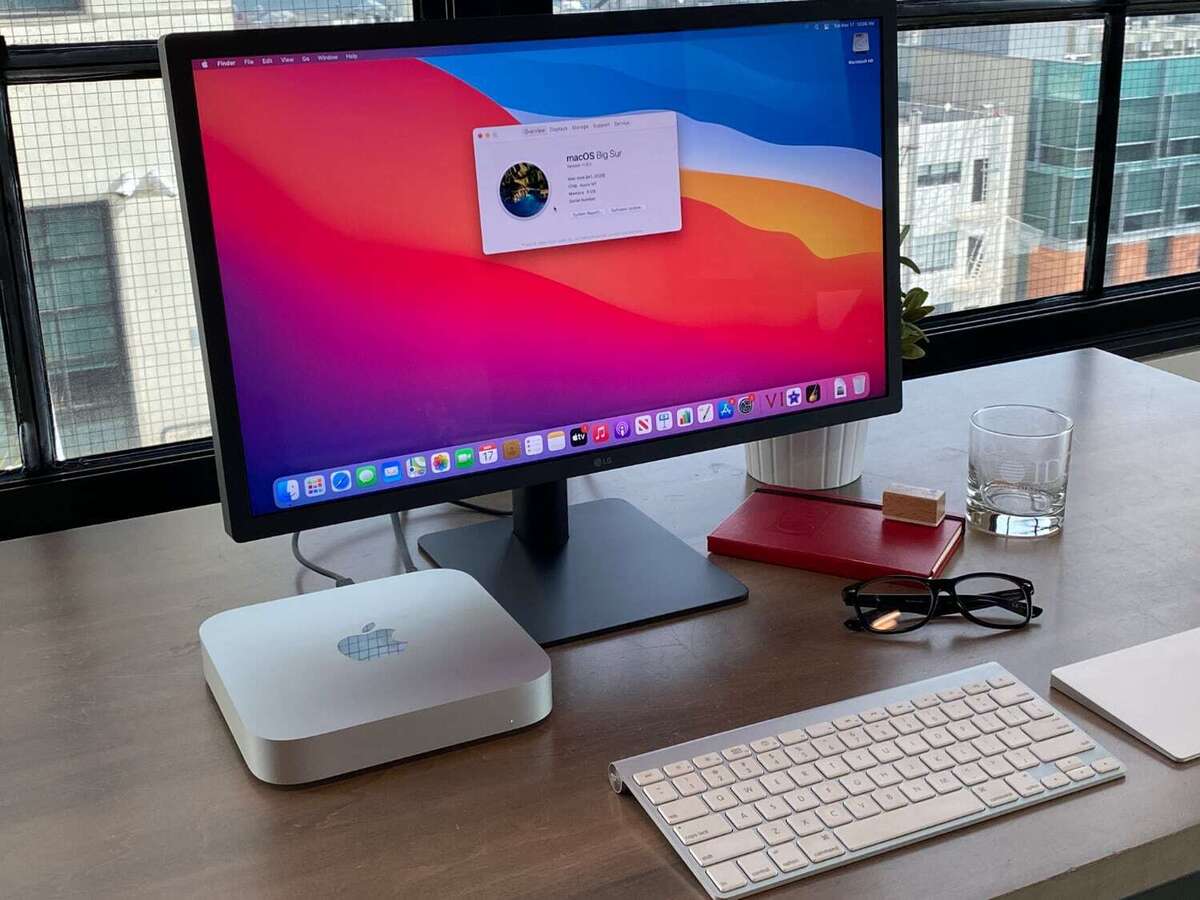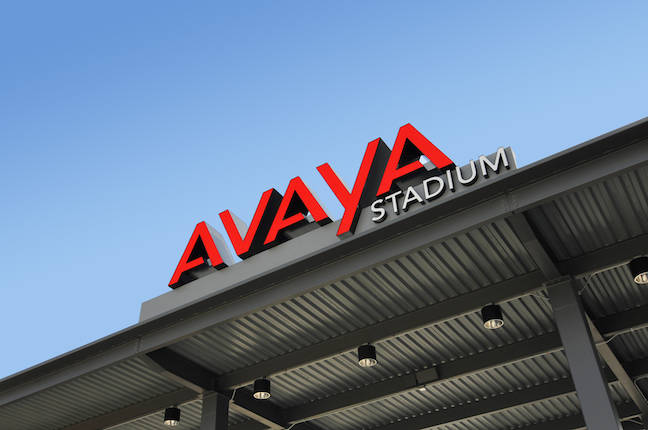Jamf has teamed up with Amazon Web Services (AWS) to introduce new tools that let IT admins using Jamf Pro enroll virtual EC2 Macs when they are provisioned via the AWS portal.
It means even virtual Macs can have all the security, policy, and access controls you’d expect from the Mac on your home or office desk when enrolled.
This is news because?
We know AWS is one of the world’s biggest cloud services firms — it has such a major presence that it is seen as a “hypervisor.” Amazon began offering Mac instances in the cloud in 2020 and ramped this offer up with the later addition of M1 Mac minis as a service through AWS.
That already means developers can hire both Intel-based and M1-powered Macs, which many use to build, test, package, and sign off apps built for different Apple platforms. The problem was that when it came to enterprise-specific apps or data, those cloud-based machines lived in a strange gray zone outside of traditional MDM/security policy.
That’s fine for some AWS users, but as the value of personal data and business intelligence continues to grow in a highly digital age, many business leaders needed something more.
What Jamf said
I caught up with Jamf CEO Dean Hager, who shared a few insights into the new deal with AWS. He explained that Jamf and Amazon got together because Amazon found its customers needed this kind of integration. They wanted to be able to apply profiles and install software and keep their virtual Macs as updated and managed as their physical ones — but delivering this wasn’t easy due to the way virtual Mac instances worked.
“We have a long history of solving problems,” said Hager. “So we came up with a an ability to manage the virtual instances that are not dependent on MDM but rather dependent on our own innovations, and now customers are going to be able to … procure and manage virtual Macs.”
[Also read: Jamf CIO: Apple will be the No. 1 enterprise endpoint by 2030]
The partnership with Jamf provides this as it lets IT admins manage these AWS servers just as they can any other Mac in their fleet. It means organizations can provide managed, trusted access to their macOS workloads on AWS, allowing more enterprises to use these solutions.
“We’re excited to continue to push the envelope on what’s possible with cloud-first technologies centered around the Apple platform,” said Hager.
Why AWS?
AWS customers already run on-demand workloads in the cloud. These solutions let developers scale up their available Mac fleet to handle tasks when building apps; they can simply bring on a new virtual Mac in seconds, dynamically, as required.
Customers can also consolidate development of cross-platform Apple, Windows, and Android apps on AWS, leading to increased developer productivity and accelerated time to market. In very basic terms, that means developing complex projects across multiple platforms can benefit from a huge fleet of Macs without the TCO or purchasing costs. It also means they get the horsepower they need to get their work done fast.
In a statement, dataJAR founder James Ridsdale said: “As a service provider managing tens of thousands of Macs across our enterprise customers, we understand the value that Jamf provides. It enables us to ensure the security, management, and seamless onboarding of Apple devices into our platform of services….
“We are excited to see Jamf’s work with AWS to continue to provide more options for organizations who are looking to adopt a range of computing options for their employees, contractors, and engineering workflows through the management of Amazon EC2 Mac virtualized instances. We think this will be a compelling solution for many types of customers.”
Get ready for Apple-in-the-enterprise week
The news comes as we prepare for one of the busiest weeks on the Apple-in-the-enterprise calendar, with Jamf hosting its own vibrant Apple admins event, JNUC, in San Diego September 27-29.
I also anticipate others in the enterprise-focused Apple services space will have more news in the coming weeks.
As I’ve remarked before, this intensifying competition in this side of the Apple industry means enterprise users have never had it so good when considering platform diversification. Not to mention that the wave of Apple deployments can only grow even taller once Apple introduces new Macs, perhaps as soon as next month.
Please follow me on Twitter, or join me in the AppleHolic’s bar & grill and Apple Discussions groups on MeWe.
Copyright © 2022 IDG Communications, Inc.




















Discussion about this post